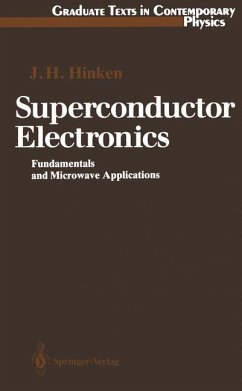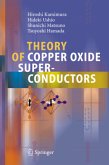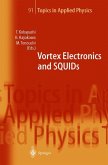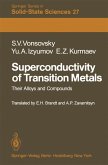Recent research on superconductors with high critical temperature has led to results that were not available when the original German edition was prepared but could be included in the present English edition. This concerns materials based on bismuth and thallium, as well as measurements of low microwave loss. The author would like to thank Mr. A. H. Armstrong for translating the book from German to English in a very dedicated and competent manner. Thanks are also due once again to Springer-Verlag for their generous support and cordial cooperation. Bad Salzdetfurth September 1989 Johann H. Rinken Preface to the German Edition The development of materials which lose their electrical resistance when cooled, even before reaching the boiling point of liquid nitrogen, has considerably in creased the interest in superconductor technology, and with it superconductor electronics. This development had not been foreseen when work on the present book started, just over a year ago. Nevertheless, recent results of research on materials with high critical temperature are included to the extent that they seem to be confirmed and to be of interest to superconductor electronics. The present book deals with the physical and technological foundations of superconductor electronics so far as they must be known in order to under stand the principal modes of operation of superconductor electronics components.








